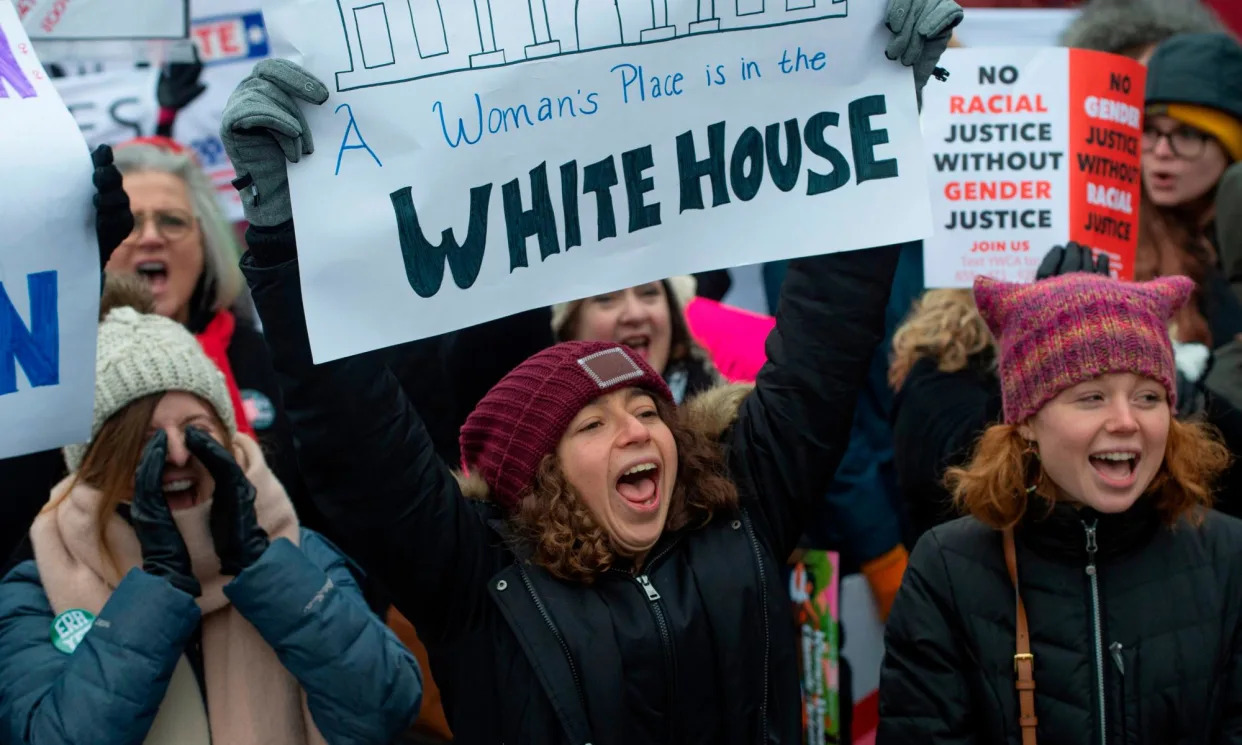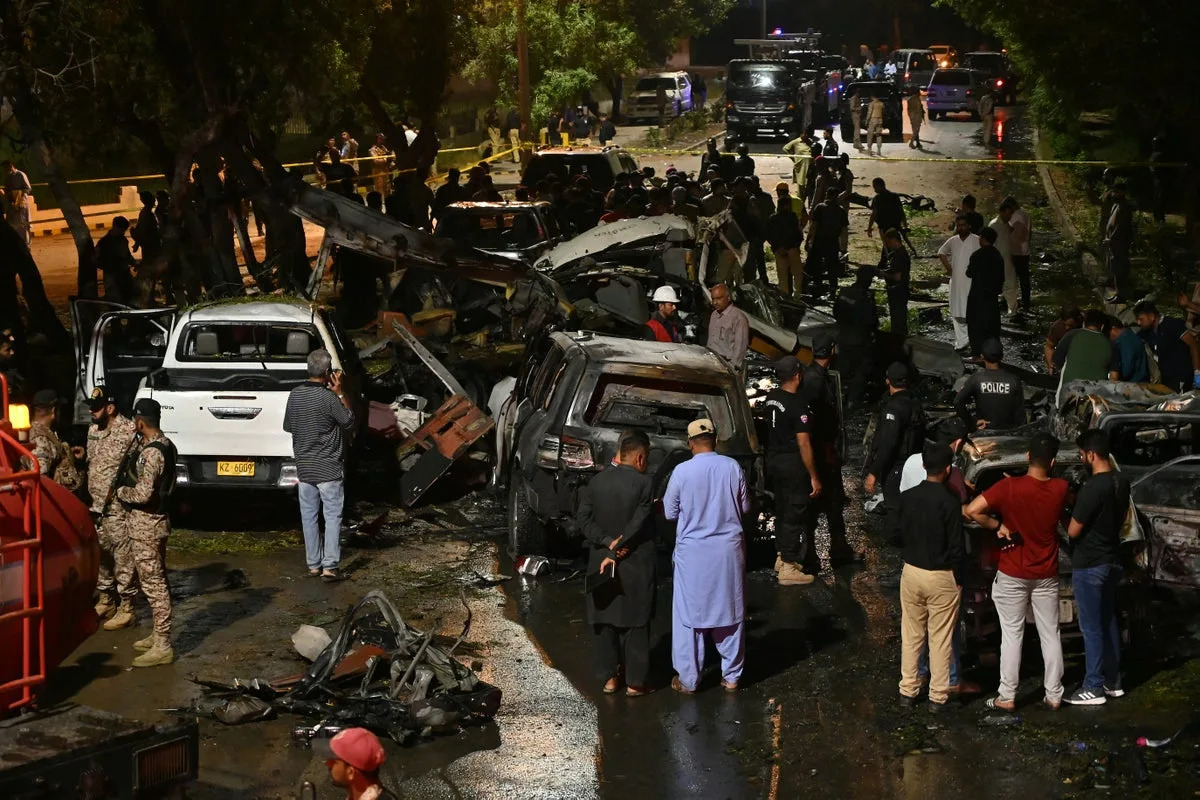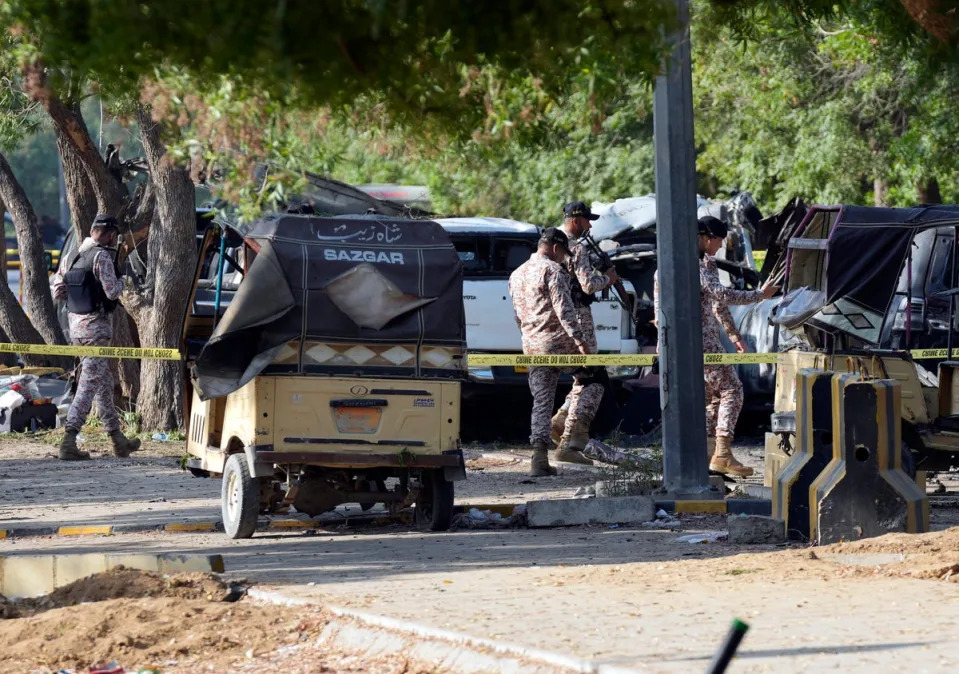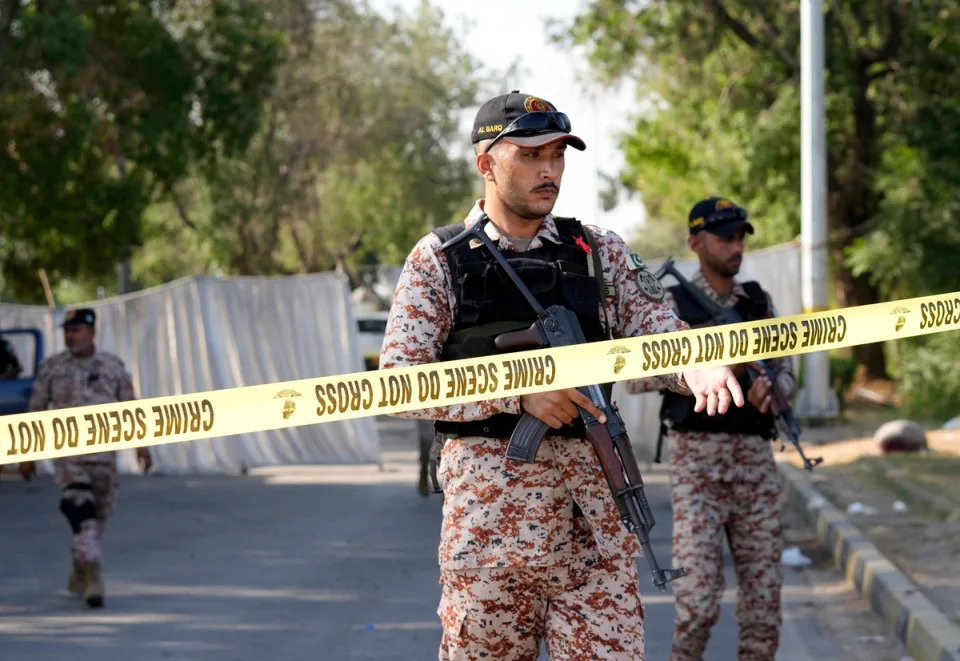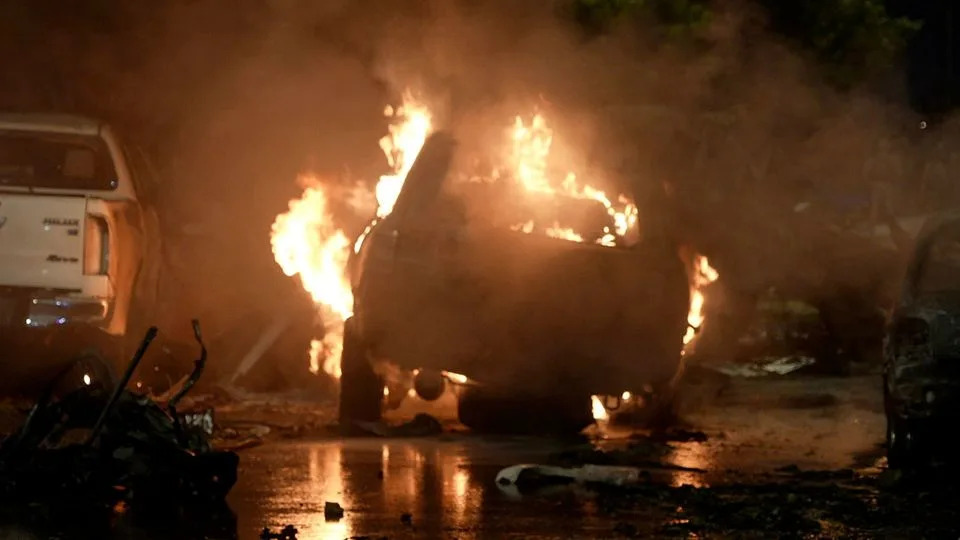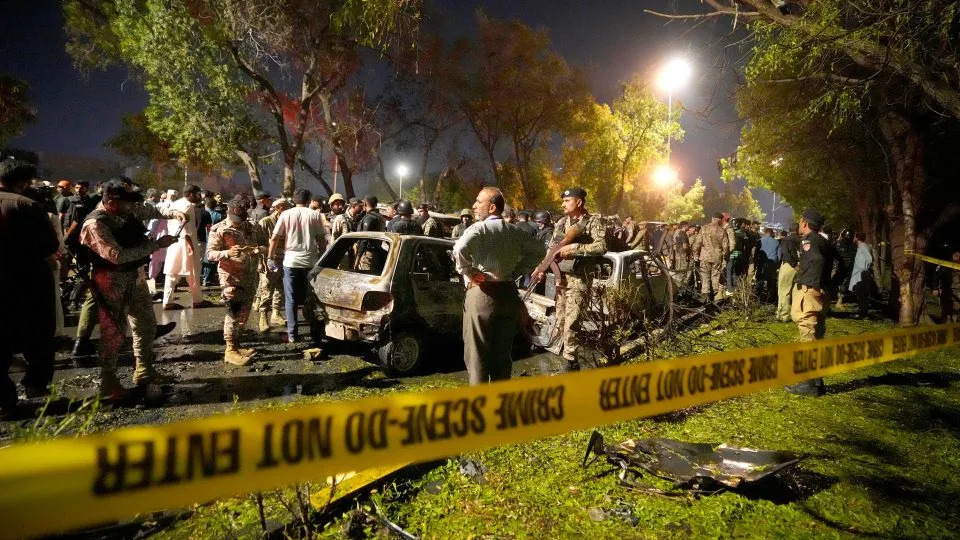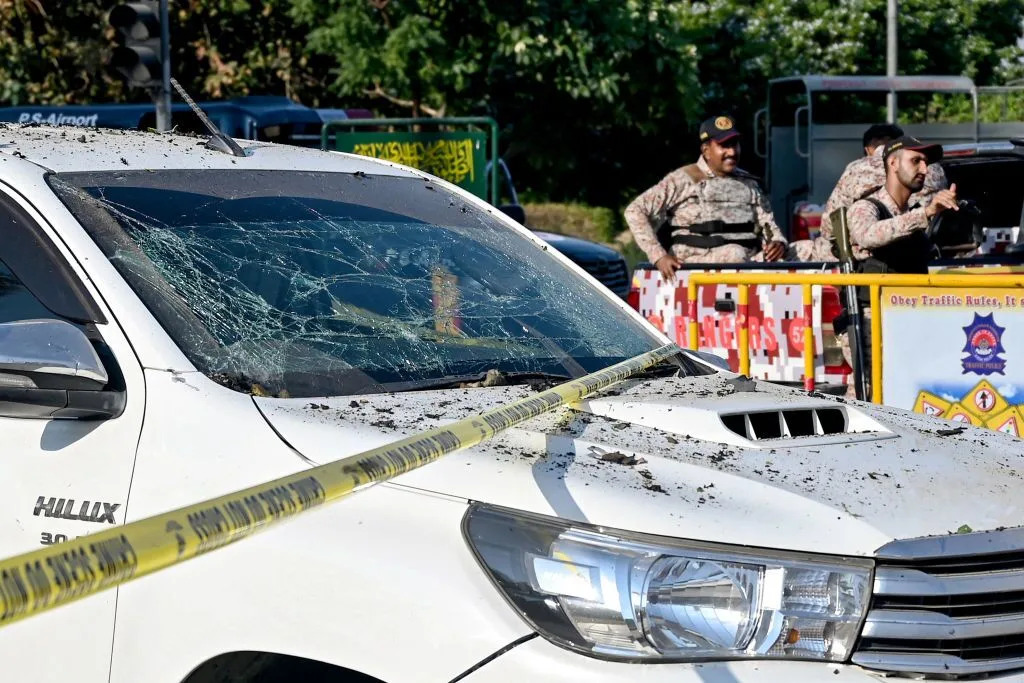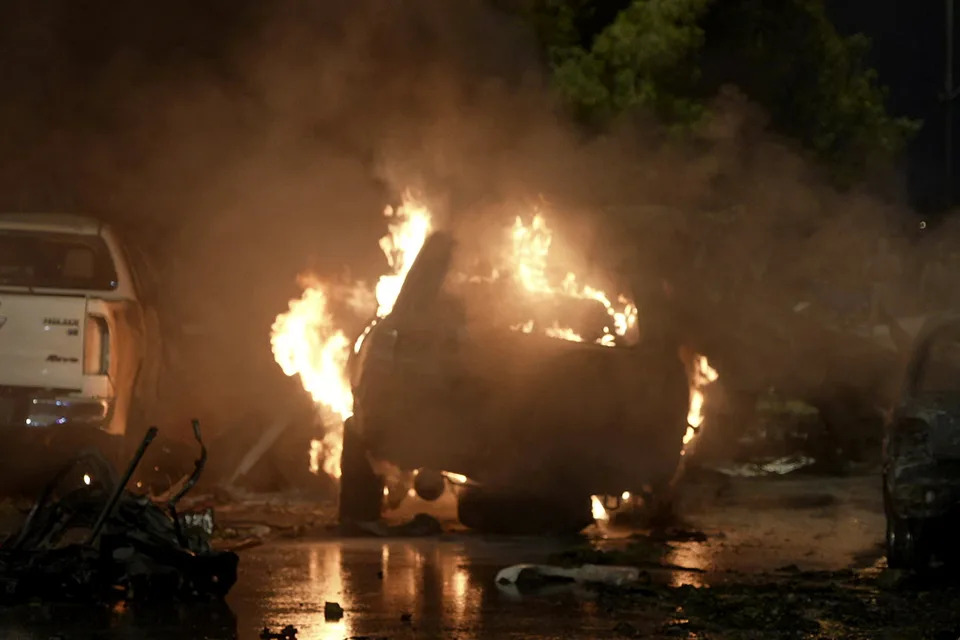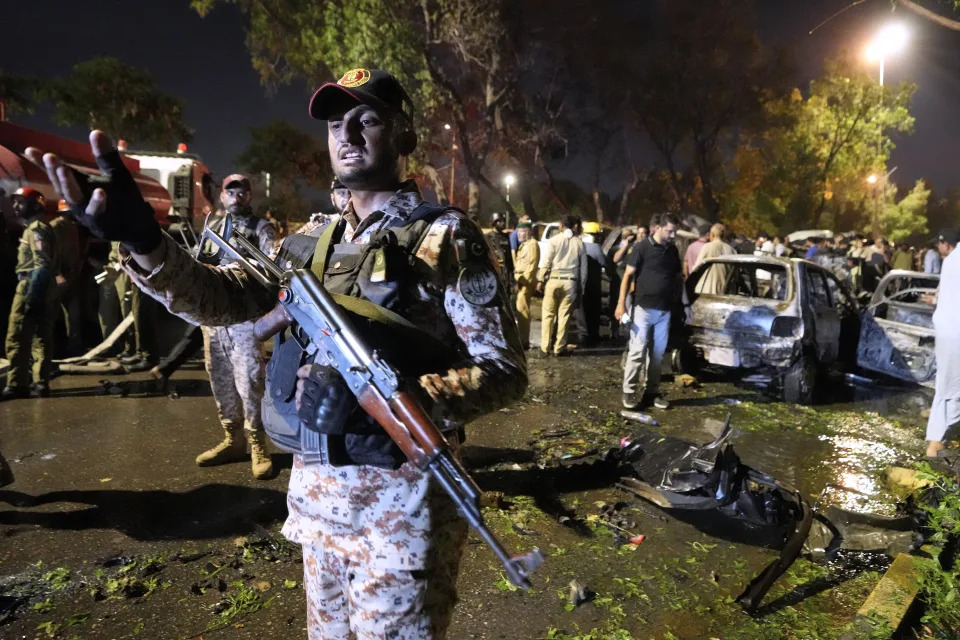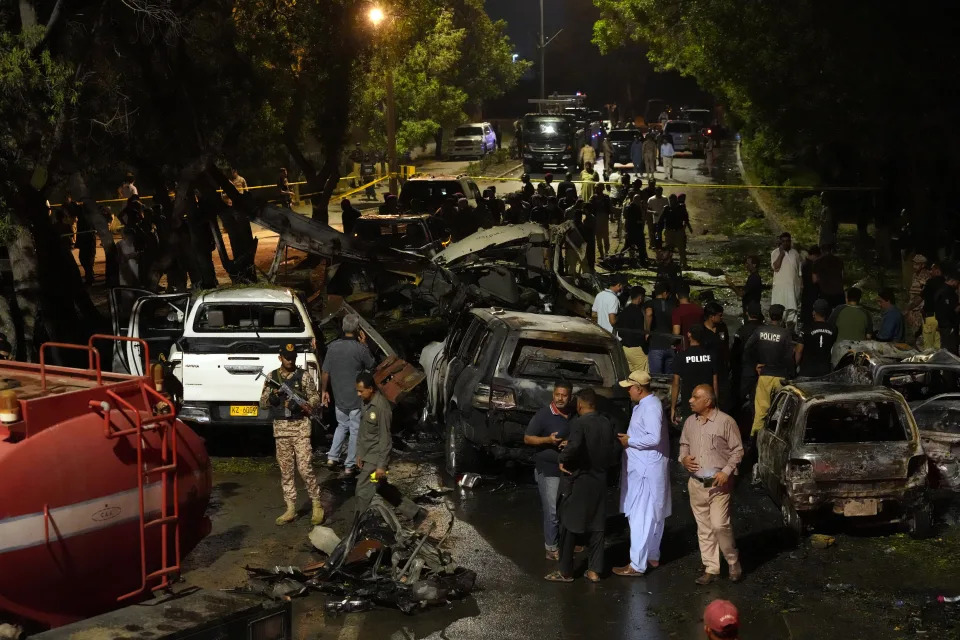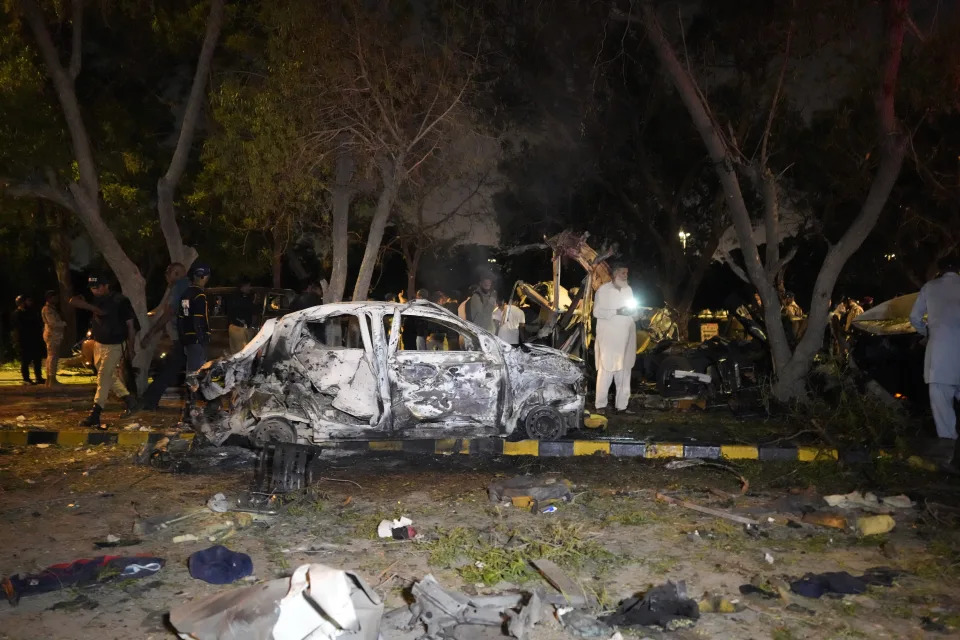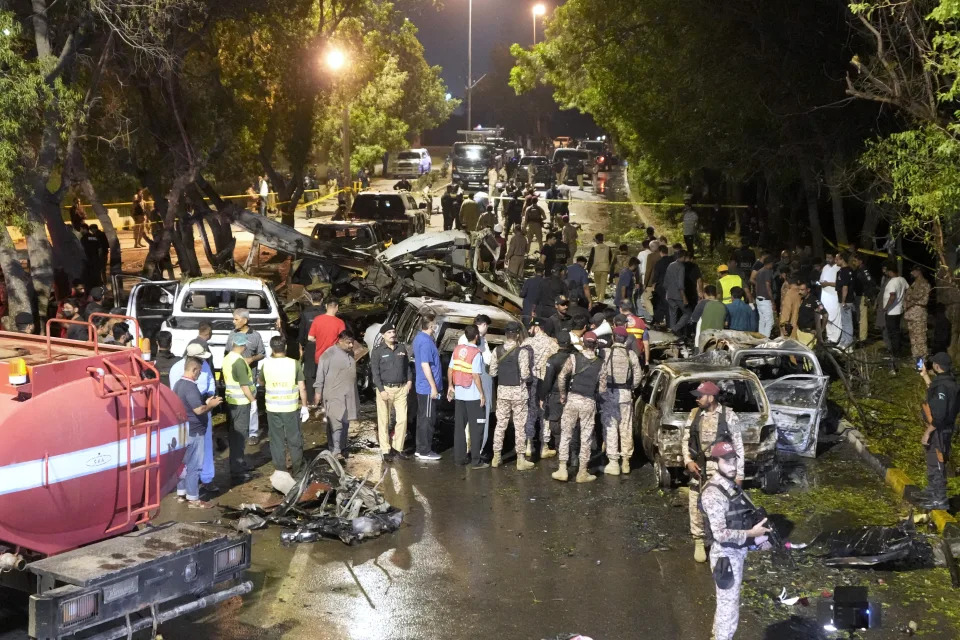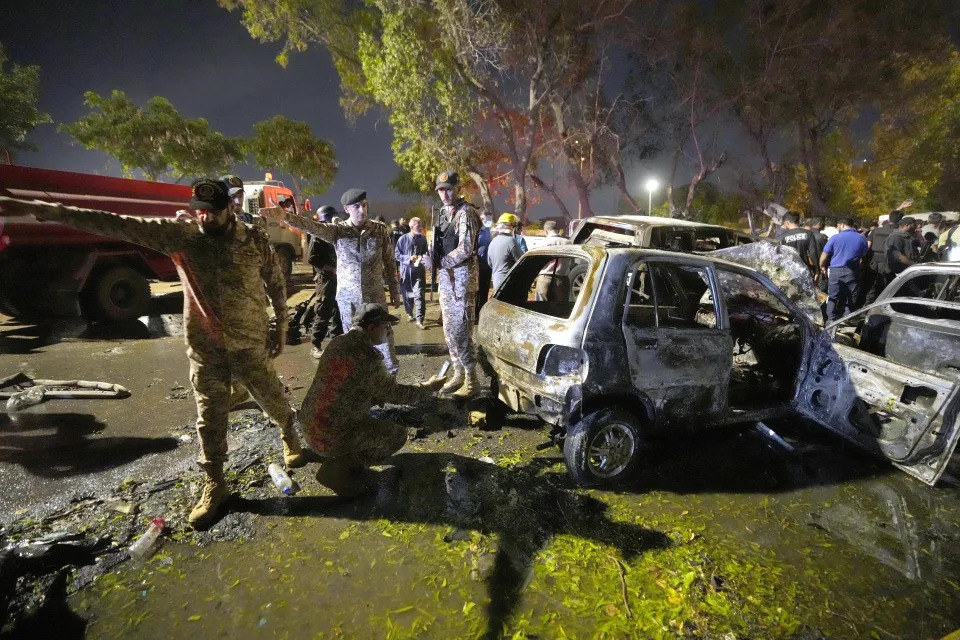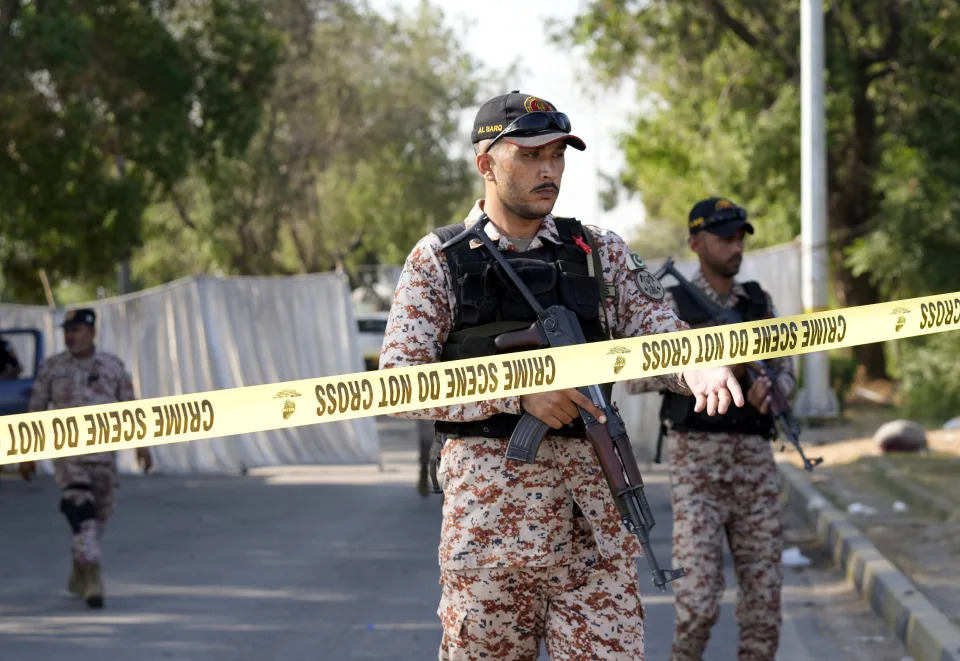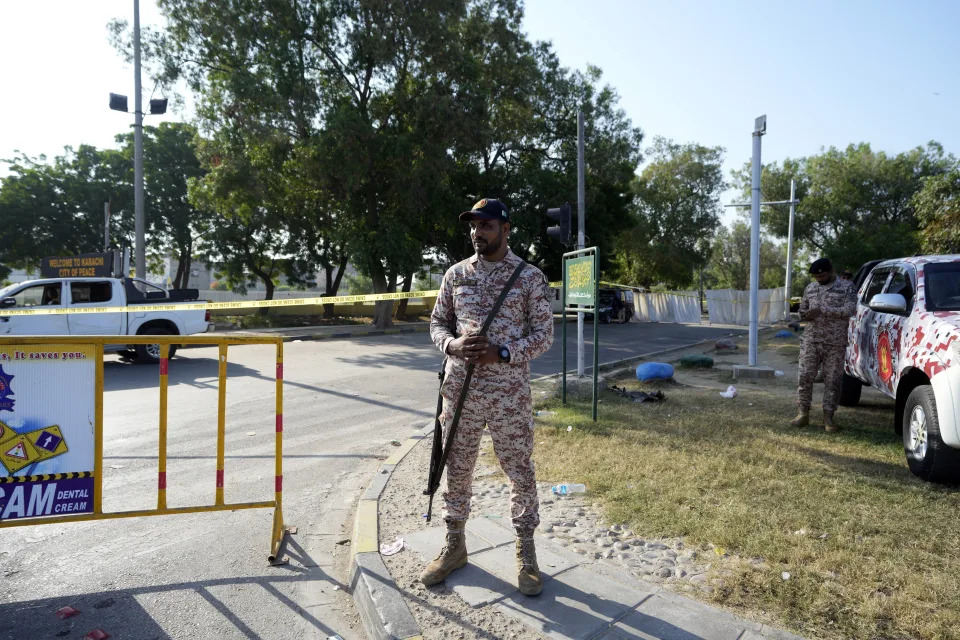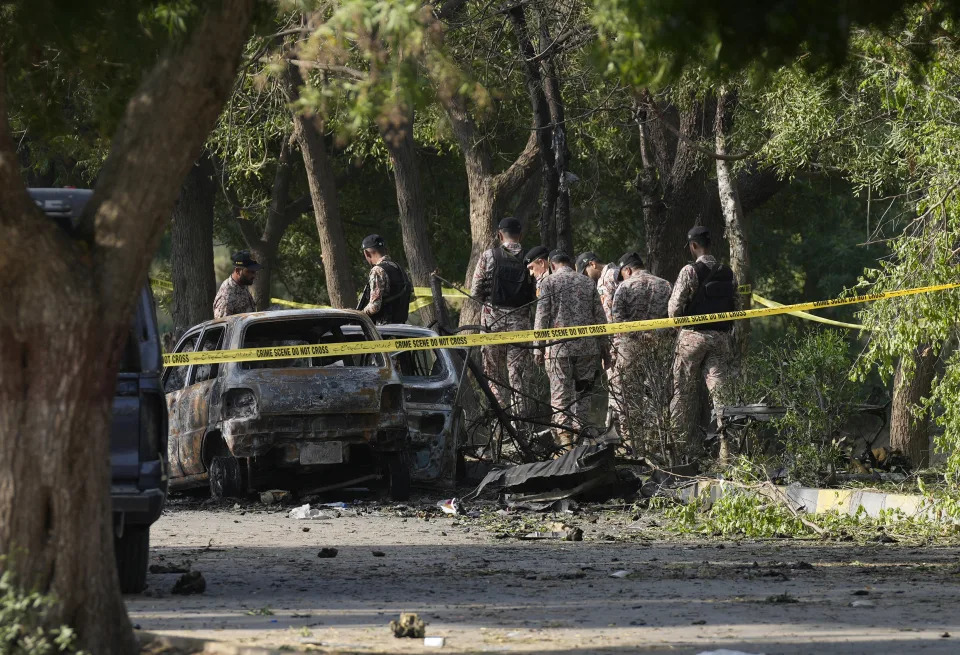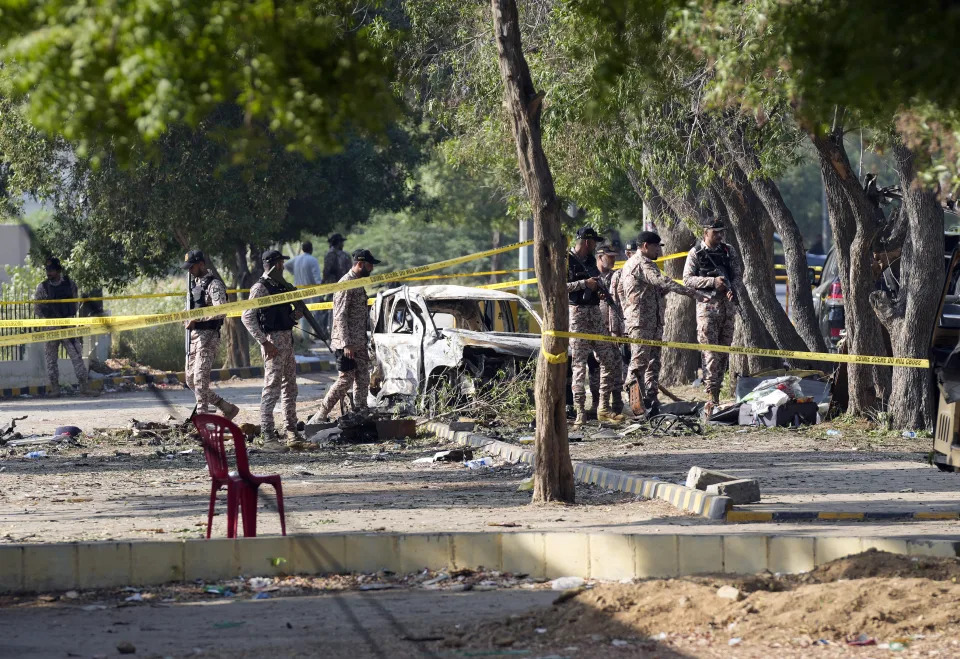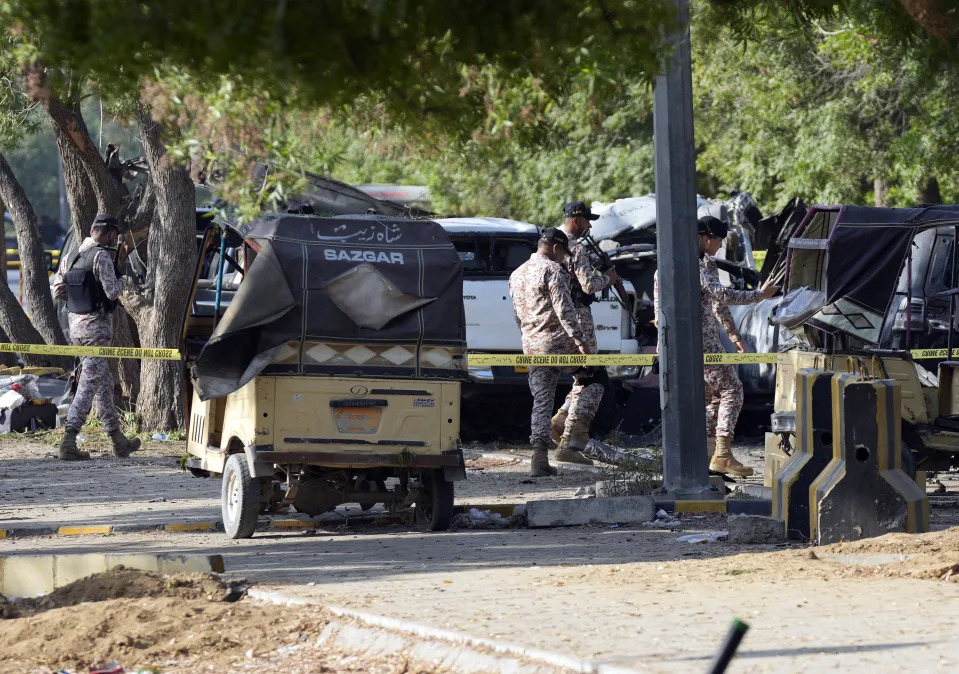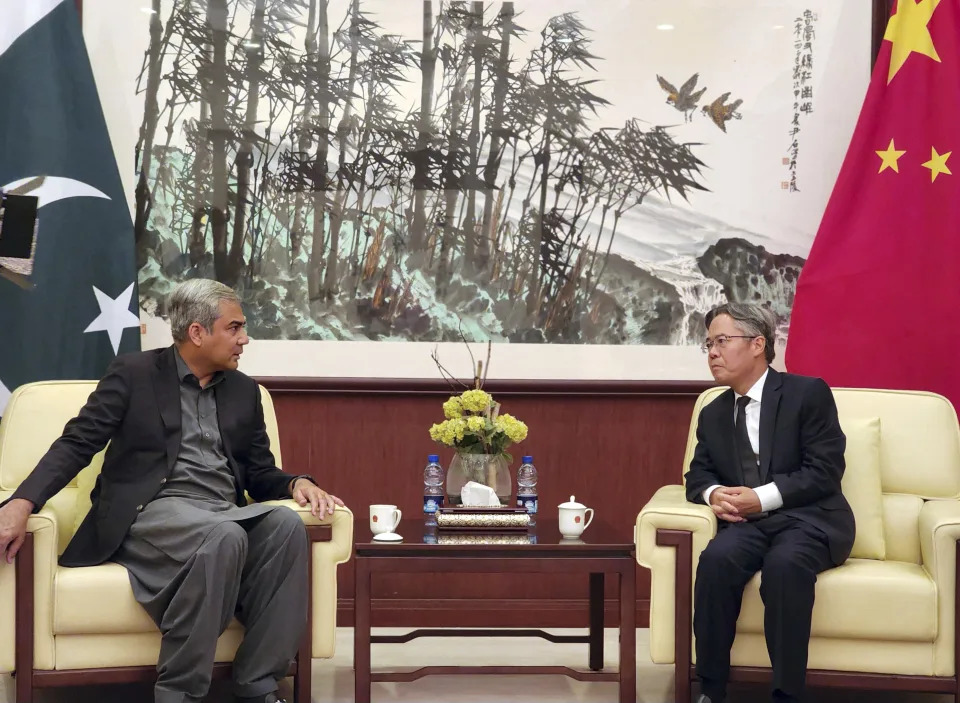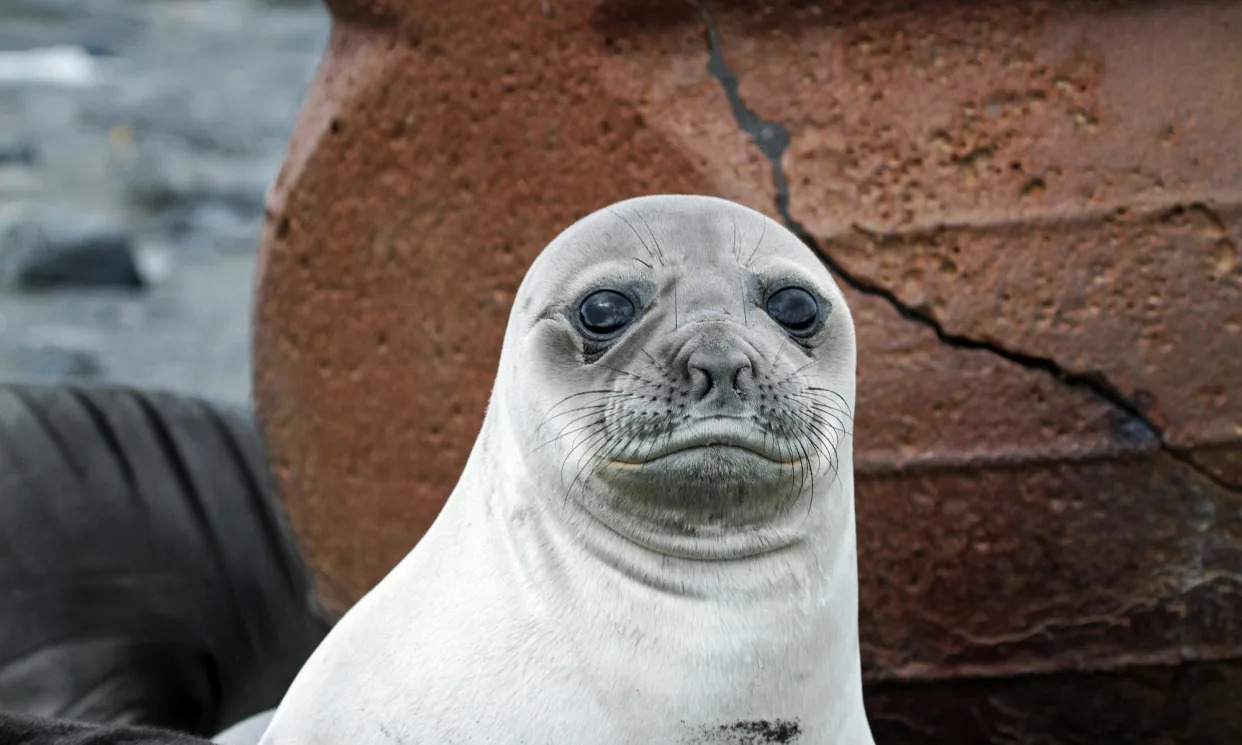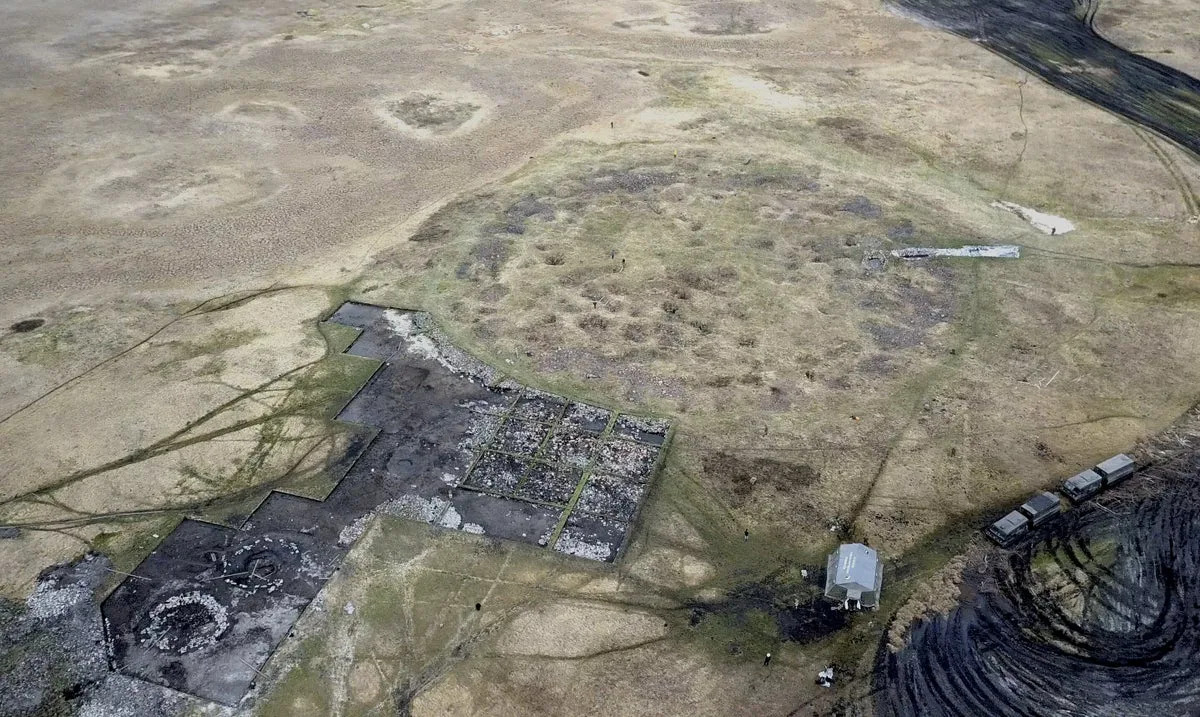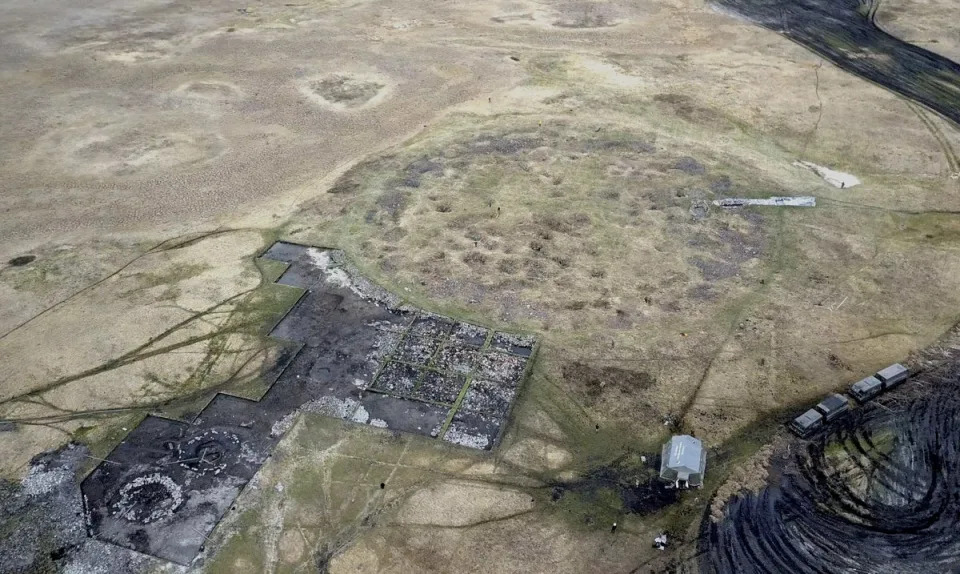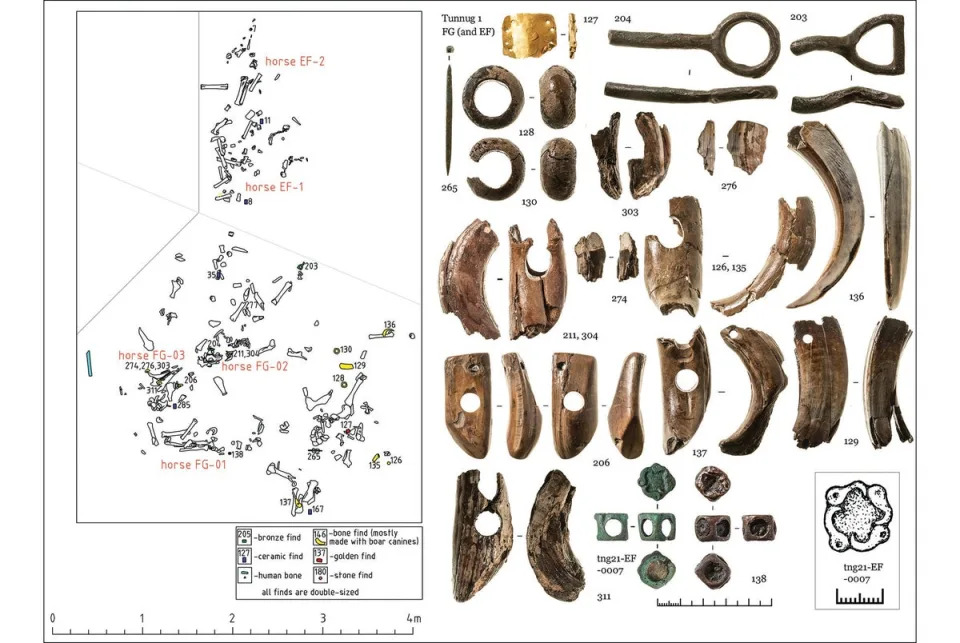Scapegoat Sue Gray’s exit leaves Starmer’s No 10 with nowhere left to hide
Jessica Elgot
Deputy political editor
THE GUARDIAN
Tue 8 October 2024

Relations between Sue Gray and some others in the early days of Keir Starmer’s government were if anything worse than reported.Photograph: Tayfun Salcı/ZUMA Press Wire/Shutterstock
Office politics can be complicated. And Westminster can get obsessed with personalities behind the scenes and where someone sits on the office floor plan. But with all that being said, it is true to say that relations between Sue Gray, Keir Starmer’s former chief of staff and some others in the early days of Keir Starmer’s government were if anything worse than reported.
She is not the first outsider who found it impossible to gel with Starmer’s close-knit and fiercely political team who ran his leadership campaign and who worked on Labour’s election strategy. His former chief of staff Sam White departed after just over a year.
There were no actual angry words between Gray and Morgan McSweeney, who has taken over from her, on a personal level, but there were two very clear power bases in the operation which was unsustainable.
Now there is one – it is a clean sweep for the political team which has the loyalty of most special advisers, many cabinet ministers and for whom most in Labour credit for the election victory. They have no one left to blame now for any mistakes that are to come.
Related: After 100 days of mistakes, we need to hear Labour’s underlying philosophy | Will Hutton
And it was Gray – fairly or unfairly – who was blamed by many for the missteps that coloured Labour’s first 100 days in government. Gray was billed as the guardian of ethics, who drew up the structures of the team in No 10 and who vetted donors and appointments. Who then is the convenient person to blame for the weeks of bad headlines over the donations from Lord Alli to Starmer and others and Alli’s subsequent temporary pass for No 10?
Gray was also said to be adamant that she wanted to keep a tight grip on special advisers, keeping numbers down and contracts strict. Who then is the convenient person to blame for infighting, for cuts to salaries and for those who should have been appointed as special advisers being cack-handedly put in as civil servants, like Reeves’ appointment of her adviser Ian Corfield? And who then was found out to being paid more than the prime minister?
And Gray was also said to be in charge throughout the election campaign of the transition to government, of the 100-day plans and the priority of early legislation and key political moments. Who then is the easy person to blame for the early weeks being dominated by rows over cronyism and freebies and for what felt like a void of any positive stories about the government’s actions?
It would be deeply unfair to blame all of this on Gray – and her critics know this. There have been mistakes made across government. Some more experienced Whitehall figures are scathing about the idea that she is responsible for it all.
The deep disquiet about the winter fuel payment cut was not Gray’s fault. She was the senior figure who called a halt to some of the ruthlessness over Labour’s selection process – including calling out the treatment of Diane Abbott. Donations went through Starmer’s private office, not Gray. And she was widely credited with vastly improving Starmer’s relations with regional leaders and his female cabinet ministers, with whom there had been significant communication issues.
When things are going badly, the scapegoat was always going to be the person whose job it had been to make sure that things went well. As one veteran put it during a late night chat at Labour conference, it might not all be her fault, but it was her problem.
The lack of a coherent narrative was the talk of disgruntled MPs and staffers throughout Labour conference. When one special adviser turned up to a late-night drinks party in Liverpool carrying a comically large rucksack, his colleague joked: “What’s in the bag? Have you finally found our transition to government plans?”
In No 10, there is a feeling now that Starmer’s team will be much more united – less obsessed with internal politics and ready to refocus on the bigger picture. Their weak spot will be their experience, though McSweeney’s deputies Jill Cuthbertson and Vidhya Alakeson have both worked in Downing Street before.
McSweeney comes in with the goodwill of many key aides and ministers across government – though a lot of backbench MPs view him with suspicion. Now finally there is one team in charge, not two competing factions.
But there is also nowhere left to hide if this reset does not reboot the purpose of this government. And that purpose and vision is only ever truly down to one person to set and communicate – Starmer himself.
Morgan McSweeney: Who is Sue Gray’s replacement and Labour election guru behind Keir Starmer’s rise to power?
Jabed Ahmed
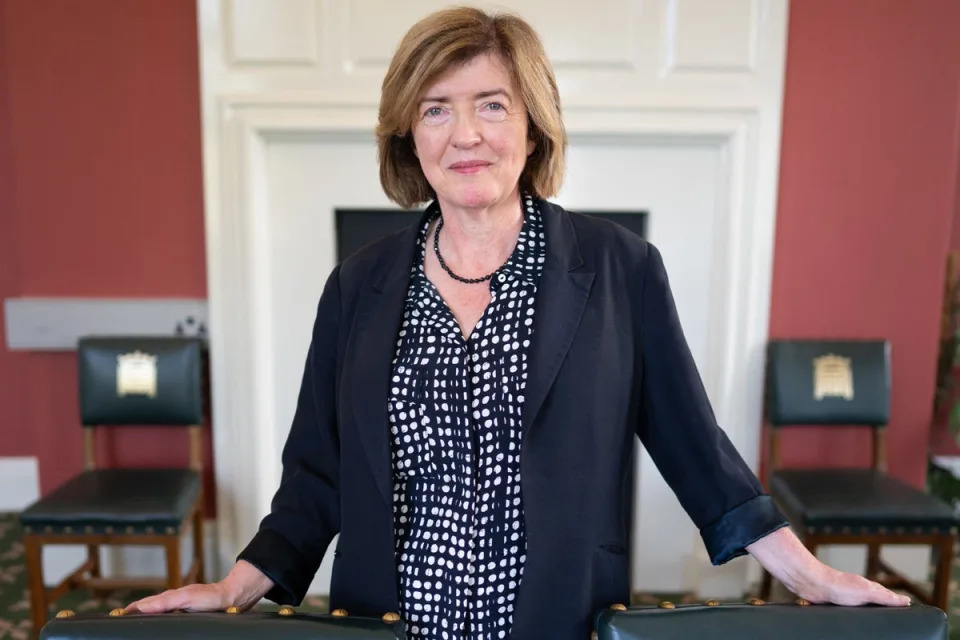
Sue Gray resigned as Downing Street’s chief of staff and has taken on a new role (PA Archive)
As Labour election guru and one of Sir Keir’s closest aides, Mr McSweeney has huge influence within the party and was credited with Labour’s landslide general election victory earlier this year.
But who exactly is Morgan McSweeney?
Early career in the Labour Party
Mr McSweeney, 47, grew up in Macroom in County Cork, Ireland. He joined the Labour Party in 1997, working at the party’s attack and rebuttal unit in Millbank.
He was then hired by cabinet minister Alan Milburn in a key organising role for marginal seats in the 2005 election.
Later he campaigned for Steve Reed, who was seeking to take back control of Lambeth Council from the Conservatives and the Liberal Democrats. He worked as chief of staff for Mr Reed at Lambeth Council.
Following Labour’s defeat in the 2010 election, Mr McSweeney became head of the Labour Group Office at the Local Government Association.
Labour Together
Mr Reed and Mr McSweeney stuck together and later formed the Labour Together think tank in 2017. Mr McSweeney was appointed director of the influential policy group with the primary aim “to move the Labour Party from the hard left” and replace the then leader, Jeremy Corbyn.
He has been credited with Sir Keir’s rise to power within the party and shifting it back to the centre.
As part of his strategy, he also focused on reducing the popularity within the party of the left-wing views that had been popularised by Mr Corbyn.
Keir Starmer’s office
When Mr McSweeney arrived in the leader of the opposition’s office after Sir Keir’s leadership victory in 2020, he ensured that supporters of Mr Corbyn were removed from every lever of power inside the party. He was quickly chosen as Sir Keir’s chief of staff.
During this time, he also set up the Center for Countering Digital Hate. The organisation was initially designed to target antisemitism, which had become a huge problem for the party.
Labour director of campaigns
Mr McSweeney was appointed as Labour’s director of campaigns in September 2021. The Times previously reported that “those who question his authority inevitably find Starmer sides with McSweeney”.
Kevan Jones, the former MP for North Durham, previously told the Financial Times: “Morgan is a driven individual who ruffles feathers and isn’t everyone’s cup of tea, but he gets the job done. The results speak for themselves, he knows what he’s doing whatever people think of him.”
During the general election campaign, Mr McSweeney worked closely with Pat McFadden, who was election coordinator.
Labour’s head of political strategy
After Labour’s victory in the 2024 general election, Mr McSweeney was appointed the party’s head of political strategy alongside Paul Ovenden.
Several newspapers have described tensions between Ms Gray and Mr McSweeney, and The Guardian previously reported that one unnamed cabinet minister had said: “One or both of them will have to go. It’s not going to be Morgan.”
Following Ms Gray’s resignation on Sunday, he was appointed Downing Street chief of staff. Vidhya Alakeson and Jill Cuthbertson were appointed his deputies.
Starmer Bows to Politics by Making Morgan McSweeney Top Aide
Alex Wickham and Ailbhe Rea
BLOOMBERG
Tue 8 October 2024
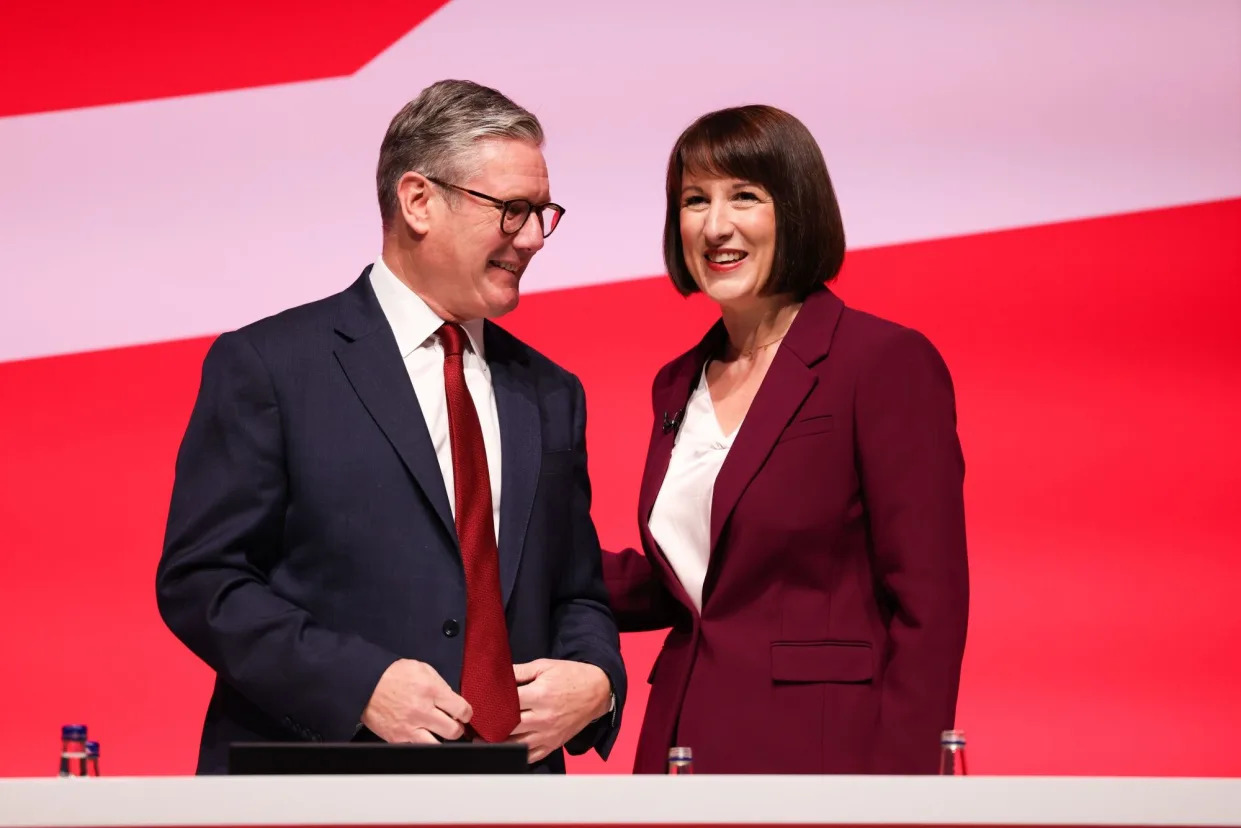
(Bloomberg) -- Keir Starmer has endured a rough first three months in power, with his administration overwhelmed by controversies over donations, infighting and mounting gloom about the UK’s public finances. On Sunday, he finally turned to the architect of Labour’s landslide election victory to try to put things right.
The sudden appointment of Morgan McSweeney to replace Sue Gray, who the prime minister had plucked from a senior role in Britain’s bureaucracy to steer his government, was a brutal move that underscored how much the government was already in need of a full reset. People in Labour also see it as Starmer realizing his office needs more political edge — something the premier isn’t particularly known for — after weeks of negative media coverage.
“Politics is back” in 10 Downing Street, said John McTernan, a former adviser to Labour’s totemic ex-premier Tony Blair.
Listen to the Bloomberg UK Politics podcast on Apple, Spotify or anywhere you listen.
The new Downing Street team led by McSweeney would provide clearer political direction, a better-defined strategy and more cohesive relations between advisers, people who work with him and welcomed his appointment told Bloomberg on condition of anonymity. He is said to want a relentless focus on winning the next election, due in 2029, by ensuring the Tories and the right-wing Reform UK Party led by Nigel Farage cannot accuse Labour of failing on crime, immigration and sensible stewardship of the public finances.
It effectively makes McSweeney the prime minister’s political antenna, now with the authority to run his operation. Starmer, a career lawyer who entered Westminster relatively late, has a technocratic style and favors a government based on competent management of the economy and public services rather than big political narratives. He is said to find daily politicking and 24-hour news coverage frustrating, preferring to focus on his administrative duties.
It’s why he had chosen Gray, a career civil servant who understood how to get things done in Whitehall, in the first place. But Gray’s enemies accused her of failing to manage Labour’s transition from opposition to government, and said her lack of political experience had contributed to Starmer’s inability to shake questions about the free gifts had accepted from wealthy Labour peer Waheed Alli. Amid the furor, Starmer’s personal approval rating has plummeted.
It is down to McSweeney to ensure that the last three months are an early blip rather than a turbulent period that will undermine the rest of his premiership. As Labour’s campaign chief, McSweeney set strategy and messaging. But while he may not have Gray’s experience of day-to-day governing, he is more street-smart and will anticipate political problems and opportunities, the people said.
The 47-year-old grew up in Macroom in County Cork, Ireland, and moved to London when he was 17, working on building sites before attending Middlesex University. Inspired by the Blair government’s achievement in brokering peace in Northern Ireland, he joined the Labour party in the wake of the 1998 Good Friday Agreement, working in the party’s head office as an intern.
His early work as a political strategist came when he led Labour’s campaigns in the London district of Lambeth, retaking control of the council from the Conservatives and Liberal Democrats and defeating the hard-left “Militant” grouping that had taken over Labour in that area.
He impressed colleagues in defeating the far-right in Barking and Dagenham in the late 2000s, when the British National Party was gaining a foothold in the London district in search of their first parliamentary seat. McSweeney’s campaign focused on local, everyday issues over a period of years, and the BNP was convincingly defeated by Labour in the 2010 general election.
Other ventures were less successful. He ran Liz Kendall’s leadership campaign in 2015, when the now work and pensions secretary came last in a contest won by socialist Jeremy Corbyn.
While many abandoned Labour following Corbyn’s win — not least Blair, who declared the party “lost” forever — McSweeney believed it could be brought back to the political center. He founded the think tank Labour Together, branded at the time as a broad church for people across the movement.
Following two election defeats under Corbyn, McSweeney masterminded Starmer’s campaign to be leader. That contest was fought along left-wing ideas, but under McSweeney’s guidance, Starmer pivoted to the center after winning, and expelled Corbynism — and Corbyn himself — from the party.
Ahead of the July election, McSweeney was also instrumental in jettisoning or scaling back policies, including expensive but popular ones like the green energy transition, to reduce targets for opponents to attack. Labour’s campaign was fought on a promise not to raise major taxes and to guard the economy and public finances, and it delivered a historic majority for Starmer to govern with.
Labour aides see McSweeney as close to Chancellor of the Exchequer Rachel Reeves, and his appointment as Starmer’s chief of staff could help the premier’s relations with Treasury. McSweeney’s wife, Imogen Walker, is a new Labour lawmaker and has been appointed as a parliamentary aide to Reeves.
But those perceived ties also frustrated some members of Starmer’s senior ministerial team while Labour was in opposition, with McSweeney and Reeves seen as blocking more ambitious policy ideas.
Critics have also pointed out that ruling out major revenue raisers in the campaign has tied the government’s hands ahead of what is expected to be a painful budget on Oct. 30. Reeves’s negative messaging about the £22 billion ($28.8 billion) fiscal black hole she said she inherited from the Conservatives was seen in the party as an extension of McSweeney’s approach.
Those arguments contributed to the infighting that ultimately cost Gray her job, and her allies have accused McSweeney of seeking to oust her in a power struggle for Starmer’s ear. McSweeney and a handful of other male aides in Starmer’s office became known as “the boys,” setting off the first round of skirmishes with Gray as she tried to curb their influence.
While McSweeney’s promotion has been broadly welcomed in Downing Street, some Labour MPs, particularly women, worry it bolsters that “boys” club around the premier. His previous tenure as chief of staff between 2020 and 2021 is also remembered by some lawmakers as a time of poor relations between Starmer’s office and the parliamentary party, which Gray is credited with improving.
The turmoil has raised the stakes for Starmer, especially as his pitch during the election was a promise of stability after 14 years of Tory-led governments. Rather than knocking heads together or finding an elegant solution to keep both aides in place, Starmer opted for one all-powerful political appointee. He’ll now need McSweeney to stay out of the headlines to restore a semblance of calm.
Who is in Keir Starmer’s top team at No 10 after Sue Gray resignation?
Rowena Mason Whitehall editor
THE GUARDIAN
Sun 6 October 2024
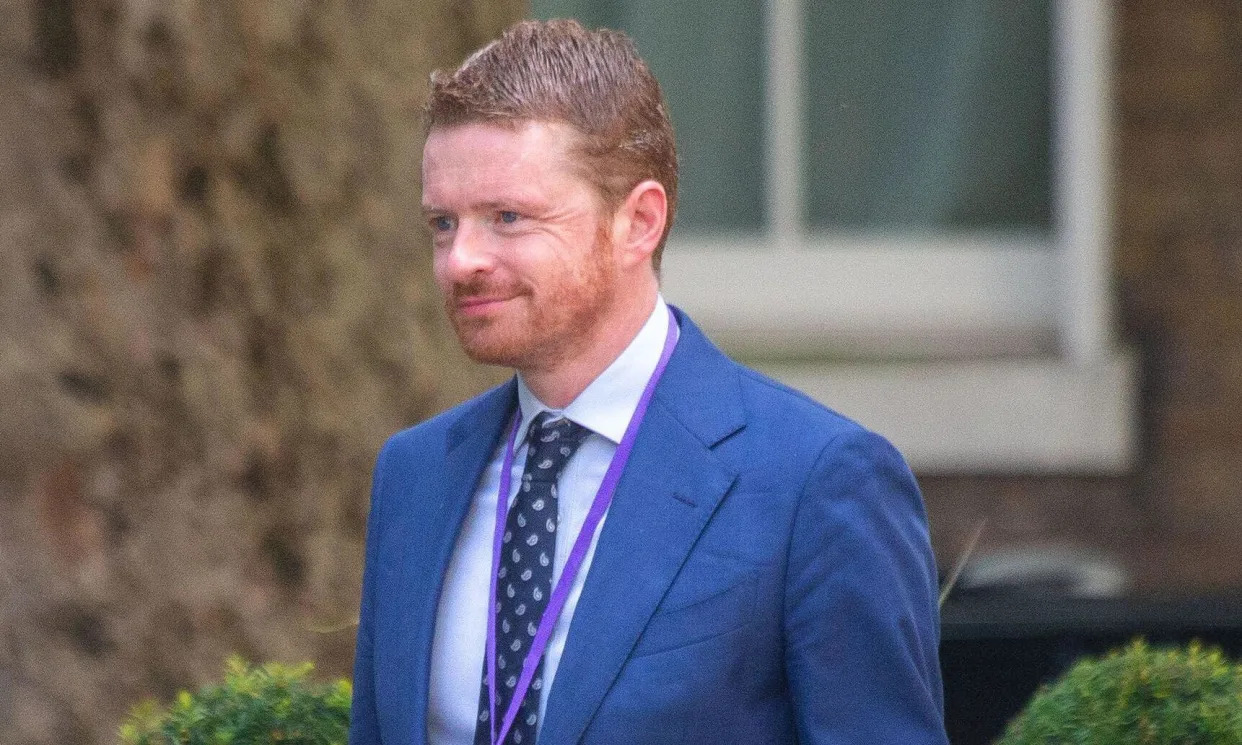
McSweeney had entered No 10 as head of political strategy, in charge of charting the party’s path to another victory in five years’ time.Photograph: Zuma Press Inc/Alamy
Keir Starmer has reshuffled his Downing Street operation after Sue Gray resigned less than a week before his government’s 100th day in power. Who is in the prime minister’s top team now?
Morgan McSweeney, chief of staff
As the brains behind Keir Starmer’s leadership campaign, McSweeney is credited with having brought the prime minister to power. He entered No 10 as head of political strategy, in charge of charting the party’s path to another victory in five years’ time.
When it emerged there were rival power bases around McSweeney and Gray in No 10, few had any doubt he would survive any fallout. He has now emerged as chief of staff, with unrivalled influence, and is likely to bring a much sharper political focus to the job.
McSweeney is adored by many staffers, with some party figures retaining more affection for him than they do for Starmer. The highest form of praise in Labour HQ has been said to be: “Morgan loves it.” However, he is something of a bogeyman on the left after leading the thinktank Labour Together in a campaign to purge the party of Jeremy Corbyn’s influence.
After working in Labour’s attack unit in the New Labour years, McSweeney cut his teeth as chief of staff to the then Lambeth council leader Steve Reed, who is now a cabinet minister, and helped defeat the British National party in Barking and Dagenham. Born in Ireland, he divides his time between Scotland and Westminster. His wife, Imogen Walker, is Labour’s MP for Hamilton and Clyde Valley.
James Lyons, director of strategic communications
Lyons is hugely experienced as a former tabloid and broadsheet journalist who went on to big jobs in PR dealing with crisis situations, and boasts connections in Westminster among journalists and politicians.
Having worked for the Daily Mirror and Sunday Times, he became a communications chief for the NHS in 2017 and rose to a director job, helping the health service navigate the challenges of the Covid pandemic. He left the job last year to join the Chinese-owned social media company TikTok.
Related: Revolts and resignations: a timeline of Starmer’s first three months in power
Vidhya Alakeson, deputy chief of staff
Alakeson was Starmer’s director of external relations in opposition and entered No 10 as political director, running a team to help shape messaging, conduct research and keep the government on the front foot. Her new role as deputy chief of staff is likely to still be highly political.
She previously worked as deputy director of the Resolution Foundation thinktank and was the founder of a charitable trust, Power to Change, that supports community businesses.
Jill Cuthbertson, deputy chief of staff
Cuthbertson is one of the prime minister’s most relied-upon political organisers and gatekeepers. She entered No 10 in a senior role as director of government relations and will now be a co-deputy chief of staff. “She never drops a ball,” says one colleague.
Ninjeri Pandit, principal private secretary
Pandit is a former NHS digital executive who joined No 10 to focus on health policy. She became director of its policy unit and will now be the prime minister’s principal private secretary – a key civil service role. Pandit was once praised by Dominic Cummings in a blog as one of “the brilliant women around the table” who would have done the job of prime minister “10 times better” than Boris Johnson.
Who is Morgan McSweeney? The man replacing Sue Gray at the heart of Keir Starmer's government
Rachael Burford
MANCHESTER EVENING NEWS
Mon 7 October 2024

Morgan McSweeney (Handout)
Sue Gray has quit as Prime Minister Sir Keir Starmer's chief of staff after less than four months in the job, saying her position "risked becoming a distraction" to the government.
Campaign Director Morgan McSweeney was immediately announced as her replacement. Often described as Labour’s election guru, he is seen as the mastermind behind Sir Keir’s succession from Jeremy Corbyn and the party’s landslide victory on July 4.
As one of the PM’s closest aides, Mr McSweeney has enormous influence and is now one of the most power government figures in the country.
The path to No 10
Mr McSweeney cut his teeth in local government. In 2006 he organised Labour’s successful campaign to seize control of Lambeth council from a Tory-Lib Dem coalition. He acted as the chief of staff for then council leader (and now the Environment Secretary) Steve Reed.
During his time at the London borough he is said to have led the revolt against local far left factions. It is where Mr McSweeney met his wife Imogen Walker, then a Lambeth councillor and now Labour MP for Hamilton and Clyde Valley.
His campaign work also helped see off the threat from the British National Party (BNP) in Barking and Dagenham. Between 2008 and 2010 Labour was fighting a battle against the far right who held a dozen seats on east London council.
Mr McSweeney was on the frontline as Labour adopted an election strategy focused on patriotism and tackling crime and antisocial behaviour to force out the BNP.
He later became head of the Labour group at the Local Government Association and in 2015 ran now Work and Pensions Secretary Liz Kendall’s unsuccessful bid to lead the party.
Ms Kendall received less than five per cent of the vote in a the leadership election where Jeremy Corbyn stormed to victory.
He helped start the Think Tank Labour Together where he served as director before joining Sir Keir’s team in 2020.

Prime Minister Sir Keir Starmer is joined on stage by his wife Victoria (PA Wire)
In Opposition
When Sir Keir became leader of the opposition Mr McSweeney oversaw Labour’s campaign operation.
He set a focus on winning back former red wall constituencies and the swing seats where Brexit-backing voters had abandoned the party in favour of Boris Johnson’s Conservatives at the 2019 election.
Labour rebranded with Union Flag logos, while the national anthem was sung at the party conference in a bid to reassure patriotic voters.
At the general election on July 4 the party won a huge majority of 174 seats on less than 35 per cent of the popular vote.
Relationship with Sue Gray
Sir Keir’s first 100 days in government have been plagued by infighting and a scandal over a number of freebies accepted by the PM and his senior ministers.
At the same time it emerged that there was fiction between Mr McSweeney and Ms Gray in Number 10.
Ms Gray’s appointment to become the PM’s most senior political aide was controversial. She had been the senior civil tasked with writing the Partygate report, which was instrumental in bringing down Boris Johnson’s government.
Unflattering briefings about Ms Gray appeared in the press almost as soon as Sir Keir took power. There were rumours Mr McSweeney had been blocked from getting security briefings by the PM’s chief of staff - claims Whitehall officials vehemently denied.
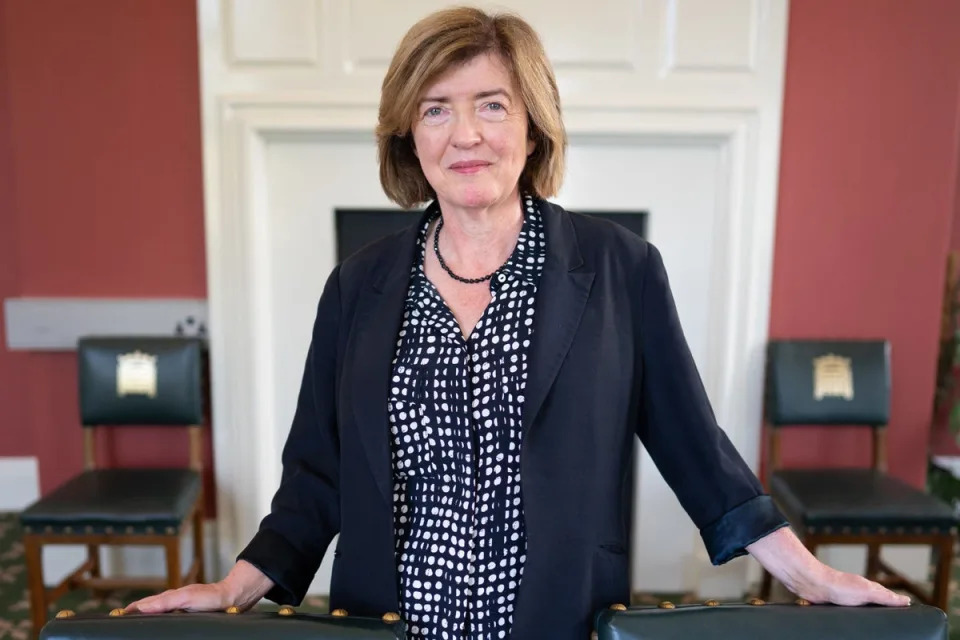
Ms Gray said she was looking forward to continuing to support the Prime Minister in her new role (PA Archive)
However some were said to have found Ms Gray’s “centralisation” of government frustrating.
One Labour government source told the Guardian said: “There has been a massive centralisation under Sue Gray. Under the last government four people controlled what went into the PM’s box and now it’s one.
“Things have slowed down. She’s put herself into a position where she is extraordinarily powerful.
“There’s a suspicion that she’s making a lot of decisions on the PM’s behalf and that he wouldn’t necessarily agree with them. She’s in a position where his successes are going to be attributed to her but she’s overly vulnerable when things go wrong.”
Announcing her resignation Ms Gray said it had been an honour to "play my part in the delivery of a Labour government", both in opposition and in Number 10.
"However in recent weeks it has become clear to me that intense commentary around my position risked becoming a distraction to the government’s vital work of change," she said.
"It is for that reason I have chosen to stand aside, and I look forward to continuing to support the prime minister in my new role."



